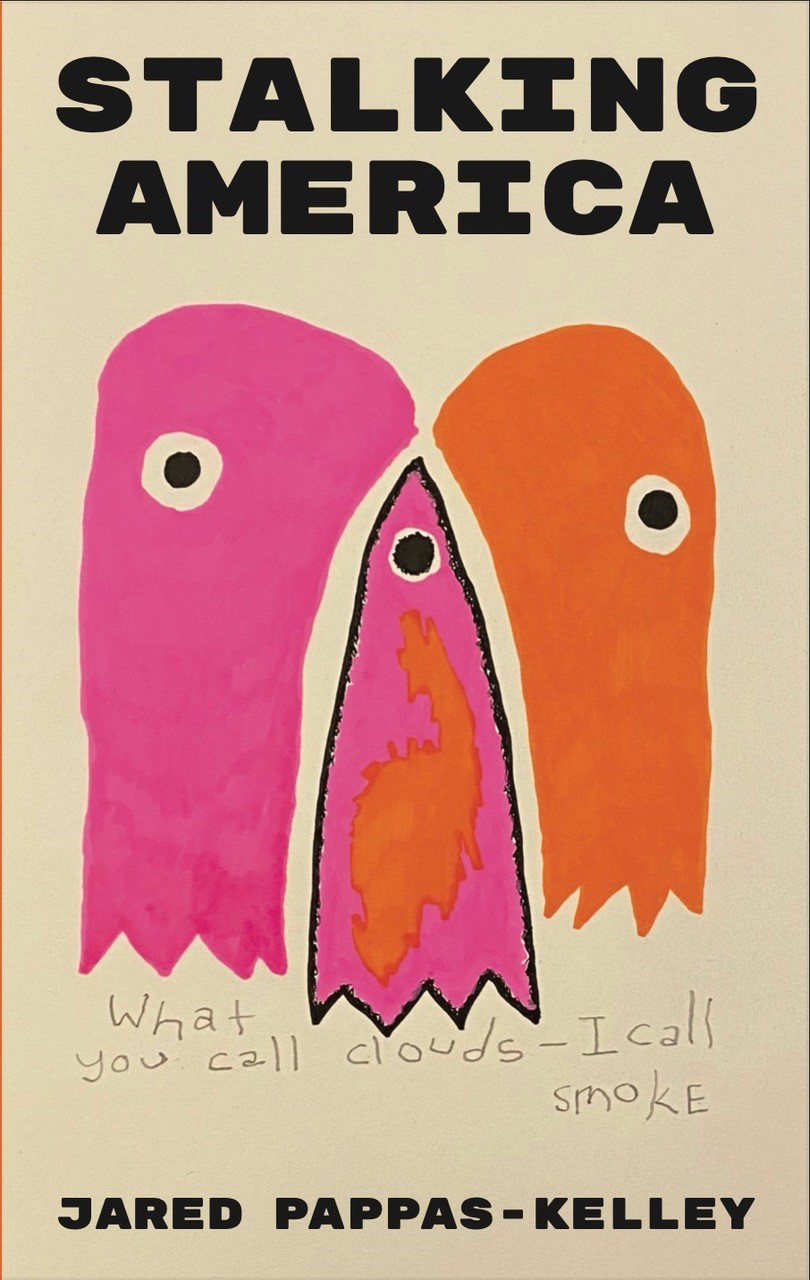
Stalking America blends an interior/exterior assemblage of a young person on a train riding cross-county where everything is subtext and suspicion. Here, events are presented in a glassy contemplation of travel and transition. Stilted and strange dialogue, description, minor reality stars, historical influences, lists, architecture, movements, and mundane pop culture observations of a misinformed but well-meaning observer montage into an internal and external reverie. In America, nothing is seen or spoken directly. Conversations and thoughts wander in from around a corner—a deleted browser history of experience—ripple into the cliché of a coming of age. In this sense America is half-baked like a teenager. The protagonist obsesses over historical references to nude bathers, anarchist colonies, reality television, communes, volcanic eruptions, and songs in a playlist trying to understand a certain aspect of America through observations and false epiphanies. A vacated puzzle attempts to undo itself while each piece ploddingly re-assembles with the assurance of the train ride as elements come into proximity. To understand America, to really appreciate it, is to fundamentally misunderstand it at the deepest levels—to read into its flattening out and image as the ultimate subtext and that is where the story lies.
https://www.delerepress.com/books/stalkingamerica
S/Talking Jared
How do you know this isn’t a dream you’re in? With the world feeling stranger every day and having stalked Jared Pappas-Kelley online for years, I thought it best to continue our conversations about his writing and talk to him about his excellent new book, Stalking America (soon to be published by Delere Press in June of 2023) We’ve have yet to meet IRL.
Jared Pappas-Kelley’s Stalking America bends genres; fiction and memoir blur as if we’re piecing together a life via online platforms and information gleaned along the way, while being informed with push notifications and asides of art history and pop anecdotes. It offers timely thinking on identity and how we navigate the pitfalls in this media saturated world. At its centre is a coming of age story: a teen dealing with their parents and divorce, whilst trying to form their own identity as it shifts and turns on a train journey of discovery. It cleverly captures that feeling of the “non-stop now” that ever-vast expanse of the real, as life bleeds into the internet. Stalking America, flows in and out of states, flattening time and space while trying to rebuild or reconstruct it, with the aim to understand and grasp the “now”, as identities blur and change in a blink of an eye. Jared is America and America is Jared or at least a version of it, all built on dreams, but I, like Bono, still don’t think America knows who or what it is yet, making this genre-blurring journey an exciting ride and a puzzle to solve.
Over email we discussed how the artist Gordon Matta-Clark and his cutting up of domestic spaces informs his writing style, along with the unauthorized biographies written by his aunt and the unsettling blurring of fiction and reality we exist in and how we tread water in the post truth era. Along with the endless image building and the various “us” that haunt online platforms, the absurdity and joys of influencers, chatbots and the smorgasbord of Web 3 and AI issues facing us, all while we exalt the allure and mystique of train travel.
***
Jonathan Mayhew: I really loved Stalking America, for me, you capture this feel of now where we flow through information daily at our fingertips and yet the world is starting to feel more and more fictional, facts and fiction are blurring, especially if shouted loud enough, they can be seen as real, yet as shallow as a phone screen depending on who said it first. So an “easy” question to start. How do you think fiction can exist, when we seem to be living in it?
Jared Pappas-Kelley: Maybe the only thing that can be written now is fiction. I’m a visual person by nature, so for me a lot of it was about trying to catch an aspect of experiencing the world, this way of inhabiting the now in a sort of mundane sense, when much is mediated or at a remove, an observation, information, as that is one of the things fiction can do, and still give a sense of the truth in it.
One thing I was interested in with Stalking America was also this apparent distinction between truths and fictions, as not mutually exclusive in any capacity and if anything, the blurring has become more overt and that was a starting point to tease out and observe. It was also something that I tried to consciously explore with how things were structured with details like the dialogue and layering or paralleling where in many ways everything was presented like conversation threads that aggregate from various sources and experience or blurring—without trying to be too heavy handed as a thought experiment.
Mayhew: That almost selected view of truths or selective points of view you’re talking about neatly brings me to the artist Gordon Matta-Clark, whose cut building works you return to throughout the book, for me these works open up the private in a very controlled way giving you this curated view. Giving just enough information to conjure an idea of the person but never the whole. Why are these works so important in this book?
Pappas-Kelley: Part of it is that I just like Matta-Clark as an artist, but also in the book there is a lot of identifying or over-identifying with public personas and writing about him gave another way into this idea. Gordon Matta-Clark was an artist that went into old, abandoned houses and sliced them in half or cut them up as interventions so that we might consider them differently, but also there is just something appealing and immediate about taking these homes apart, an artist with a chainsaw and winches slicing across domestic spaces. He’s one of those people I keep coming back to.
In a more practical sense, Matta-Clark gave permission to make these sorts of interventions into the source material in the rest of the book. To make incisions into character, show how things are performative and stepping into these domestic or public personas and question intimacies of narrative or interior spaces and what is considered outside for public consumption and like you said relates to experiences of social media or even conventions of reality TV.
In that, what is taking place as I approached it isn’t directly about writing itself but something more writing-adjacent as an approach or conjuring that visual art and popular culture also allow.
Mayhew: There’s a quote I’m going to paraphrase from Nick Hornby’s High Fidelity that has stayed with me, “it’s not what you’re like, it’s what you like that matters.” Matta-Clark’s houses really have that feel of someone’s profile page, a limited curated viewpoint. In one way it’s dehumanizing us, turning into a brand, but I also feel it’s the tastemakers that will succeed in the future especially with AI. It’s a strange puzzle of sorts.
I want to delve into the sub plot of the TV show Stalking America in the book, it feels like you’re tackling some of these contemporary Black Mirror-esque dilemmas, where social media has kind of made us all Truman, while also hinting at the endless surveillance from cameras to our own self-censorship. Have we moved past that “Warholian 15 minutes of fame” to a new paradigm?
Pappas-Kelley: It was there already, but with something as simple as the invention of the like button, or the heart, or upvote, it’s become foregrounded so that we are now the apex predators of liking but in an extremely passive or disengaged way.
We swim in feedback, baby sharks, and it’s about how do we live in that and make sense or are perhaps shaped by it. Could this be translated as an experience, the sort of bits that fall between the cracks when nothing specifically is happening or directly contradicts? That’s sort of how I approached it, and is it a satisfying experience or what might it put on display?
I have an aunt, or I guess she’s my mom’s cousin so whatever that makes her to me, and she wrote these high-profile unauthorised biographies about people like Nancy Reagan, or Oprah and the royals that got a lot of attention. And I don’t really have any particular connection with her except as sort of a backdrop in family dynamics or as the tangential fabric of extended relatives when a new book came out. And she might have this lateral relationship to the subjects she writes about and their fame or notoriety, but in a very real sense I am not on her radar, but in writing this book I was interested in these oblique or tenuous connections like the main character here where they might or might not have grown up knowing this person who is now on television and this supposed connection takes on a disproportionate significance or projection. This kind of living through a perceived connection to someone else that is somehow noteworthy, trying to work it into conversations that are very tenuous, or cringe, is an attractive starting point and what is being noteworthy or being known in this more mundane sense.
With Warhol, you might commission a society portrait in like Neiman Marcus or wherever, so for the price of admission you got the allure or appearance of being someone who is known. But it isn’t even about 15 minutes anymore and perhaps about an ability or even desire to influence, an aggregation as the act of influencing. And with this book I wasn’t really interested in any of these big constellations but in only the most tangential of identifications through these other people and this might be the more duct-tape version of that.
Mayhew: I’m going to change tracks for a minute. Personally I find influencer culture a strange thing, I get the “we don’t believe big corporations” bit, but this “celebrity” is trustworthy shtick is crazy, it’s just another form of adverting or that De-Influencing trend, which was mostly humble brag mixed with lifestyle selling and cringe reverse psychology, it’s this weird desire hyper loop. I find it super sad that people talk like they’re brands too, as it really dehumanises us, we’re much more than a commodity, it’s this kind of thinking that feels like the future is hopeless. Sorry for the doom spiral, do you have a better hope for how things will turn out or are we going to be in a hyper stalking of everything soon?
Pappas-Kelley: I’m intrigued by jobs that emerge that our parents or their parents wouldn’t be able to conceive. Like influencer is a genuine job or career choice and what does that mean? What do you want to be when you grow up? A firefighter? An influencer? Do you score really high in influencing on some aptitude test or like the Myers-Briggs? …I wanted to be an influencer, but my posts weren’t influence-y enough.
Have you ever seen on reddit, the forums that are chatbots debating something and each approaches their response from a specific POV and finds a way to work those ideas into any conversation? And it’s unsettling to me how quickly the bots get racist as well after culling through all our castoff material online, yet we wonder how that happens.
Mayhew: Well I try to avoid reddit, but I’m aware of the Tay bot twitter AI from a few years back and I’m following many others in the AI arena. What and how we teach AI is going to be the event horizon of the future and so far we’re not doing so great. You’re right about how jobs have changed, with the cycles of boom, bust, and bail out it seems to be having an effect on Gen Z’s approach to life and work. Things like long-term planning seem pointless when the world crashes and burns so fast before the phoenix rises again, exploiting yourself seems like a better option than doing it for the man, I won’t even get into the politics and environment issues… So with a pull of the lever we’re back on track.
As I was reading Stalking America the spectre of Sophie Calle, one of my favourite artists was all around me, and then she popped up and said boo. Her work feels like an important clue to deciphering your book’s puzzle and I feel she was way ahead of her time with the work she makes. Can you let us know how her art has impacted culture and your own ways of thinking?
Pappas-Kelley: Sophie Calle was definitely present in the material, following some guy around Venice and covertly documenting his movements with her camera, and I was doing this thing where I write sort of all-around something that is right there in the middle of it until it gets lost a bit and then after all that sidestepping just come out with it—and here is the piece that was missing and it deflates it, like the polar opposite of a jump scare, in a way that is curious to me and I also think that is something Sophie Calle does. I was intrigued in writing that sequence with how the other character was kind of cool-shaming or almost dismissing the kid’s own experience, like, oh all these things you’re interested in are the fake or poseur versions, somehow less, but this artist is like the real version. And this happens a lot and sort of the way a music snob or someone like that would do it but in perhaps a more endearing way, and there was something more compelling rolled up in this exchange about authenticity or an inability, and in this case what was the real version or is there one.
Mayhew: She was like cookies before the Internet, stalking the mundane to get a better picture of the person. It’s really beautiful work I return to a lot. Going back to Matta-Clark, home, or the idea of it as part of our identity seems to reoccur, almost as if you’re taking his process and reconstructing within a fractured sense of identity, like you’re building a fictional you. Could you speak on this? You know I also love a good joke, like that where are you from line? Home. It’s why I own the perfume Rien from Etat Libre d’Orange, so when asked, what I’m wearing, I can say nothing.
Pappas-Kelley: Yes, I like the blurring where the writing appears to be more about me than it actually is, and the process of constructing while cutting away. This idea of the process through which we construct ourselves or the way a narrator sees themself more clearly through someone else. I also appreciate a line like that where language sort of claps-back with its flatness—what are you wearing, nothing or where are you going—Home—the name of the town or fragrance is factually true but also a more general idea as it shuts the door and truth lies in a way.
Mayhew: You have these lovely little disruptive devices Lapso Mori, which give you the sense of reading a book written right now, where we’re surrounded by distractions. Am I right in thinking that the train is also a device, like a literal one, a phone or a tablet and you’re on this scrolling journey through the past and present or well this new flattened time we’re in, where everything can nearly be instantly recalled by the internet and social media, including browse holes to be lost in?
Pappas-Kelley: A bit like a push notification. Like the memento mori, a pocket that collects or lapses that are a withdrawal yet persist as an artifact, a slippage as reminder from another parallel that bleads across and accumulates. I mapped out the beginnings of a follow-up book where this idea of the Lapso Mori becomes the foreground, so I guess we’ll just have to see if I ever sit down and write it.
I like thinking of the train ride as a device in that sense or a peripheral, that is sort of how I approached it, and in many ways, it is the least train-like train ride, and I wanted it to be this sort of engaged reverie space being constructed.
Mayhew: Ah interesting, so you could end up as a side character in a future book. Continuous image building is very much part of contemporary platform culture. The twitter you is different to the Instagram or TikTok you, the various ghosts that act for us as we doom scroll. Trains do have this feel of an endless side scroll that’s always now and new, I’ve spent a lot of time in these various moving tubes, they can be great places to dream. What’s your favourite mode of transport and least favourite? And does the “you” in the book share the same likes and dislikes?
Pappas-Kelley: Each platform has that specific aspect it brings to the foreground or highlights like image, brevity, or story, I guess like how different forms of transportation might also do this, it’s like the way you show up.
Some of the initial inspiration came from taking a Greyhound bus across country in the US years ago for many days but a Greyhound felt a bit too honky tonk in a way and I also didn’t want it to just be a story about highways which is something else. With a train there’s more of an inevitability that you will end up somewhere and it’s more automated and letting go, and the outside is out of your hands, so it disappears into like a permeable bubble of the experience.
I live in the UK now and like travelling by train but feel like it’s really expensive and always breaking down or delayed. Maybe a train ride in someplace like Switzerland—do they have train delays or interruptions there, I feel like no, or that if they did, they’d have some mediated but posh Swiss solution in place.
Do I like the same things as the character in the book—in many ways I suppose I do but I think I’m confused differently by things than that character and it also allowed me to be a bit more naive in the responses which I also enjoyed. I feel like that character dislikes most things and is figuring it out, but maybe that’s just me?
Mayhew: I’ve spent a lot of my life commuting in various machines, from boats, buses, and trams but my favourite is still the train, well ok not in the UK, there’s always delays, but anywhere else it’s a great space to dream. Now for some fun short questions. Does America have a smell? And if so what is it?
Pappas-Kelley: When I first spent time in Southern California the smell I remember sort of embodying the experience was a mix of fake orange and car exhaust. But for all of America? Maybe one of those air diffusers, so you have a scent profile of like four options that you put on to match your mood.
Mayhew: After Stalking America can you describe it in one word?
Pappas-Kelley: Er, tenuous?
Rumpus: And finally is this really just a dream?
Pappas-Kelley: Well this is a physical experience we are in, but so much of this is beyond just the physical, so thinking of it like that is a good way of giving it form. But for me it’s always how this physical grinds up against the idea or intangible aspect and maybe through it there might be a lucidity to be examined, driven by these physical actions.
Mayhew: Thank you Jared, this has been wonderful and maybe you could tell the nice folks at home where your new book can be found and when? My train is due as I’m in motion to the ocean.
Pappas-Kelley: Stalking America is out at the beginning of June from Delere press and is available at all the usual places. I am also working on a body of related drawings and video work for an exhibition in the near future and part of that is in the anthology Good Symptom by the 3rd Thing Press.
Jonathan Mayhew is an Irish conceptual artist and occasional writer, who was shortlisted for the Zurich Portrait Prize 2021 at the National Gallery of Ireland, he has shown recently at IMMA the Irish Museum of Modern Art, The Bomb Factory London, Pallas Projects and the LAB in Dublin, along with HIAP Helsinki, Finland and Kristiansand Kunsthall in Norway. He’s currently based in Dublin, creating new works and developing olfactive sculptures. You can find his digital ghosts on Twitter @jnthmyw and on Intsagram @jonathanmayhewart
Excerpts from Stalking America:
The next morning, I wake up to find the train stopped. We did this a couple times yesterday. I lean over, press my face against the window and peer outside. Nobody stirs. It’s bright. Outside there is nothing, sun-bleached grass and stray trees off to the right. Empty. Wind ruffles the grassland and it’s unsettling to be stopped. The ripples of grass match the diagonals of the train upholstery pattern. Nothing between here and the horizon, it’s early morning and the sky is soft water blue. The grass is brown and clusters in darker blotches and lighter. This could be Wyoming or a Dakota.
The world had been riding along with us, all stories, everything anyone had ever done or thought, stray words overheard, toting along for the ride. All set on course, everything here now, then gone in this hush as we stop, drifting to other locations or stepping behind unseen curtains. I’m the only one awake and seeing this space here. It’s a car at a stoplight when the van next to you rolls forward and for that instant you panic that you are falling back.
I don’t know why this spooks me more than it should. The new guy across from me isn’t in his seat. My ear aches where I fell asleep with headphones. Telepathic Babysitter nuzzles in her seat, head propped against the window, pushing a sheen of skin and hair grease on the glass. Her sweater twists around her in her sleep, her shoulder protrudes where her chest should be. She is all elbows. Across from her the other woman pulls the blanket she uses as a makeshift pillow over her face to block the morning light. I stand up and wander over to the bathroom to pee. The bathroom is small and feels cramped. I glance at my watch. It is 8:37. The graffiti from the day before still looks at me from the partition. It says 11:00. Nobody painted over it in the night or scrubbed it away, and I wonder if it happens every day at 11:00, or twice a day I guess. Busy. There’s not much to do on a train except think about sex. Makes sense I suppose.
***
Transmission 2
Matta-Clark made inquiries when first proposing the project, asking around and letting it be known that he was looking for a house for the cut-up project. The site was put forward by art dealer Holly Solomon—who owned the location, apparently purchased as investment for the land with neighborhood slated for renewal (was it another Solomon who once proposed a baby be cut in two in order to determine a rightful parent?). A faultless triangle wedge of light cuts into the shadow, framing the bottom of the construction, visually accentuating the deed of a house cut in two from back to front. Matta-Clark observes, buildings are fixed entities in the minds of most people. The notion of mutable space is taboo, especially in one’s own house or the places we inhabit. People live in their space with a temerity that is frightening. Yet suddenly sky becomes framed, incised, or visible with the interior of someone else’s space breaches through the structures we inhabit like collective experiments with the stories we tell, vantages, magicians carving an assistant in half, yet somehow whole. Slicing through the artifice or shared.
Oversimplified, a metaphor of a house divided, but what if instead it is multiplied—child-logic of cutting a worm in half making two (cutting babies to produce a triplicate)—now two homes and three (assemblage revised—the commune with horizontal hole drilled clean through as periscope for exposing) to make sense first of bisecting, dissecting, trisecting an existing structure and revealing all these compartments (so many) one never knew were even here like pomegranate, overlapping multitude and contained at once—volcano, snow, van, dining hall. Slotted curve from afar passes under from upstairs and to the left, the housing complex and high-rise farm estate of living, with a deer trail through grass that leads to a geodesic dome of sorts (another time, another place). It gathers and becomes wedged; these exercises, an airing.
It somehow seems fitting for my memoir of sorts (who the hell said it was a memoir) to begin with somebody else, a significant artist, his story, as I have always seen myself most keenly in contrast to other people, through an affinity but also where they are not like me, their experiences. So then perhaps it is also apt that my memoir (not a memoir) and these fictions (truths) are both mine and someone else’s (I’m waiting for your email) not stretched out as time, but as it occurs, pooling and gathering, a glimpse in through other windows (when flights land you can see my house from here). I have always had a hard time trying to frame events into a narrative as each episode is more like a glimpse where what is true once, is no longer the next day or instead directly contradicts, or huddles near what might be about to arise. So this cutting up reveals something more—a framework or architecture, see a stairway that led somewhere once, a room, actions, anxieties, trysts that could only happen in the microclimates of a particular time or day cut across and somehow bleeding into all but matchlessly separate/spliced onto one away or into the other. More-true somehow. Not an absence—an everything all at once and at the same moment—the way life appears with a cut but before the fruit-pulp leaks away, that moment it congeals as now.
***
On the second day I discover the closet in his bedroom connects to the back of the closet he uses for his office like an L-shaped secret passage. The duplex was redone at some point and the rooms added-on like palindromes. If I sit quietly with the door ajar, I hear him tapping away at the keyboard, pausing, or grunting quietly while he thinks something through. I stare out the window as traffic floods past, trying to decipher what he might be typing by the rhythmic chatter of the keyboard. Occasionally the phone rings.
—Hello.
He puts force into the second half of the word, so it comes out hell-oh, like hell is a given, followed by a surprise, oh. An echo.
—Oh.
Then waiting while the person on the other end says something.
—Yeah, he’s here. We’re fine.
I listen intent through the half-closed door.
—Thanks for calling back. I was not sure if you are, so thanks.
An exhaled breath that is meant as a laugh.
—We get along very well. No really. He acts the same way as I do, but he has everything in order, and that’s it.
A tapping noise, maybe his finger against the armrest of his chair.
—I really don’t know what to do with it. I thought you probably know something.
Breath.
—Oh, that would be great. Are you sure this is not an inconvenience? Of course, if you are confident, it sounds good. We will be back there later in the evening.
Under his bed he keeps a bin filled with old magazines and junk gathered over the years. Next to that I discover an enamel box that to my surprise contains a collection of seven grapefruit-sized ceramic heads. Heads. My first thought is these are real heads, shrunken, and kept under his bed, puppet-like. The box is threatening, and I invent the sucking sound of air escaping as I open it. I’ve interrupted something. My father is only one room away. The eyes catch light and reflect back at me and I close the lid, re-securing the latch. But I go back to them over the next two days. I don’t get a good look at first because every time I unpack them, I get the ominous feeling he’ll walk in on me looting through his things, or that they have a life of their own when I’m not there.
I wait for his walks before undertaking these more in-depth explorations into his things. Every day after an hour of writing, we eat lunch together, and then he goes on a walk for forty-five minutes or so. He invites me, but I always say no.
That’s how I find the box of heads. Unlatching the lid, the case is long and rectangular, about a foot and a half by six inches. It is built especially for the heads, with each sequestered away in its own perfectly sized compartment, and the interior lined with gray velvet. Opening, they all gaze up in unison from their cubicles. It’s creepy. Their stare follows me where I move. Four little man heads, and the other three are women. Each alternate, so first it’s a boy, then a girl, and then another boy. It’s orderly, sort of voodoo or demented duck-duck-goose. Half matted, their hair feels real, like too real, cut away from a wig or from scalped dolls. The second from the left smiles vacantly, her teeth showing, and eyes too shiny. Dark eyes and skin pale luminous off-white. Mostly they look the same, like cast from the same mold with slight variations but the guy on the right is a little off. Eyes are a pale pinkish, his hair white at odd angles, stare gazing-off soft focus. He is part rabbit or it’s an albino’s head. But they all seem familiar. Ceramic and oddly substantial for their size. The one in the middle looks vaguely like my mom. My hand reaches in to smooth her hair. Soft. I rest my chin on the edge of the case staring into their eyes, but watchful one might blink or flinch at my touch. I close the box.
***
In my favorite episode of Stalking America, Claire’s on a stakeout in front of her target’s house. She sits in a car watching in the rearview mirror. A man two houses over carries out garbage, lobbing a re-used grocery bag crammed with trash into the bin before wheeling it to the curb. Claire eyes him, looking casual. A small camera is mounted somewhere near the car’s glove box, another on top of the mirror, and she glances to it for reassurance from time to time. It’s early and she’s been here most mornings lately mapping her stalkee’s schedule. He should be out any minute.
In the lower right corner of the screen, time code rolls and at 7:17 he leaves his house. Her stalkee wears a dusky colored overcoat, brown or gray, and he’s in a hurry. Claire makes an uncomfortable noise and looks out the window. The man next door goes back inside, but leaves the door ajar, returning a moment later.
Down the street a car pulls out and coasts past. Claire’s the only one on Stalking America who talks directly to the camera like she knows you are out here listening. Claire checks the time on her phone and slides it into her pocket, composes herself, turns to the camera near the glove box, and tells us this story. I remember it clearly like a reenactment. She said something like:
It usually starts with an accident. A little over a year ago, my friend XXXXX became obsessed with some actor that only had walk on roles before this movie that we watched.
Whenever Claire says her friend’s name the show bleeps it out. Something to do with waivers.
The actor was in more recently, but then he is unknown. XXXXXX was in a car accident at that time, the back ended and pushed into the intersection, and for some reason she grabbed onto this actor, having gone to see his film after her physiotherapy. He’s getting known at a time when she is recovering, so in a way he got her through it.
Outside her car a blue sedan passes. Claire looks to the side, watches as it moves down the block.
***
Gordon Matta Clark – Splitting, 1974
Transmission 3: Mt St Helens (text from Stalking America)
Part of my process has always started with image making and drawing. Often these sort of enigmatic drawings or video pieces are the first step in how I approach the writing and then branch off into their own work or exhibitions, but with Stalking America the drawings became part of an accumulating series of grid drawings and also a sequence of video pieces that utilize audio from the text in my book with my audio compositions. The installations of the drawing grids and the video pieces will hopefully be part of a separate exhibition and I’d like to find a venue for it in the US or UK, but in the meantime one of the Transmission texts from the book (Transmission 3: Mt St Helens) has become part of the video series Good Symptom from the 3rd Thing press and is part of their video anthology.
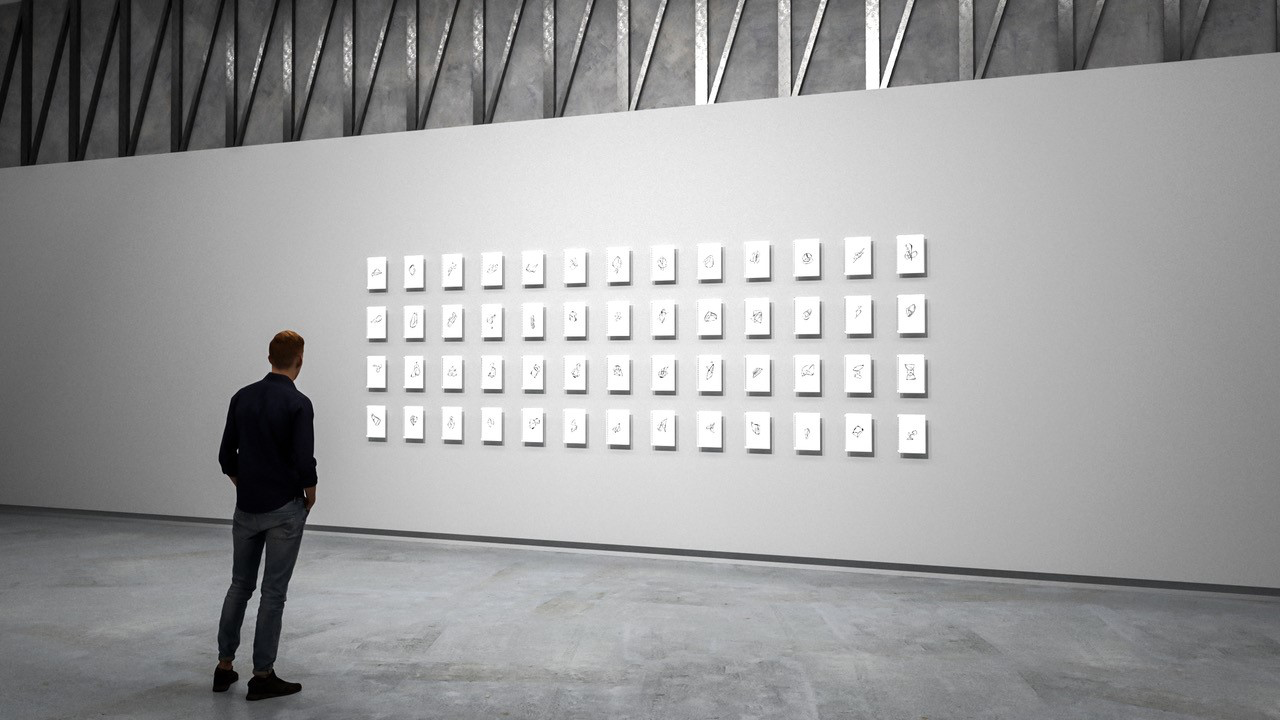
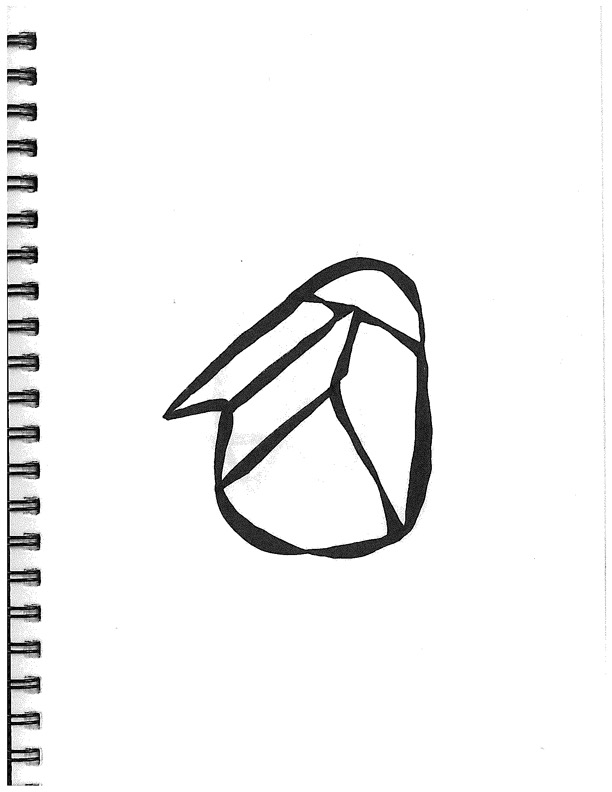
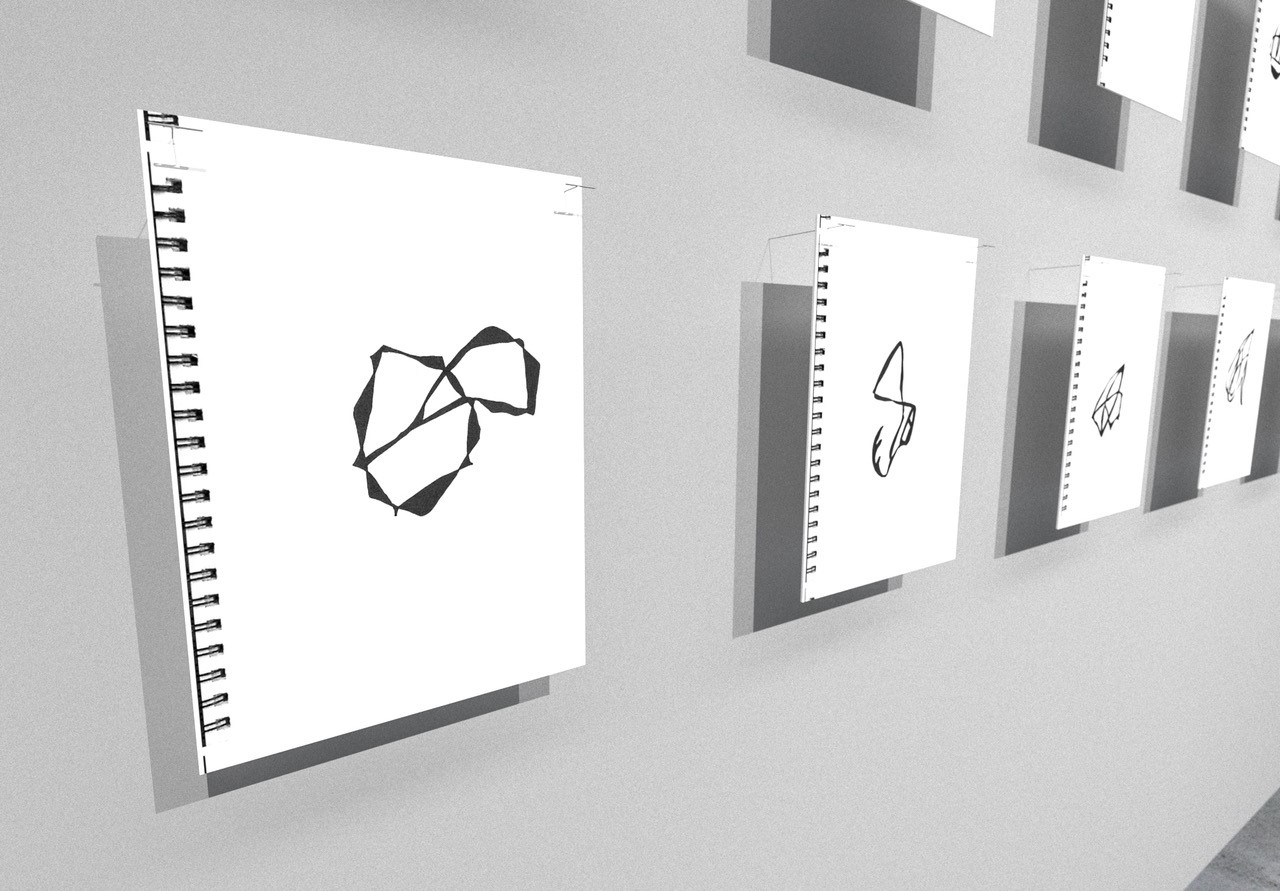


*
p.s. Hey. This weekend the blog employs its red carpet function to help alert the world to the new book by the fascinating thinker and consequent prose maestro Jared Pappas-Kelley. Jared has put together an exclusive look-see into the tome, including a great interview with the wonderful artist and veteran distinguished local of this blog Jonathan Mayhew. Enjoy discovering, everyone, and thank you kindly for putting your faith in this venue, JP-K. ** Dee Kilroy, Hi. I share your mixed feelings, for sure. I’m not convinced about the growing as a writer part, but JG’s support definitely kept Burroughs going and at his craft. There’s no love lost between JG and me, but more power to him. Oh, you’re in Atlanta. I haven’t been there in ages. I used to visit some friends of mine there fairly regularly, but only one of them still lives there and we’re estranged. I’d like to head back there at some point. Coffee addiction, which I have, is a hassle, but I’ve pretty much given up every stimulant-vice except coffee and cigarettes, and I’m keeping them both. And we’ll see. Excellent weekend to you. ** Misanthrope, I forgot about that poor, crushed kid. It wasn’t an anecdotal post, but I might have included his crusher if I’d thought about it. Enjoy the visiting and going. ** Jack Skelley, I can imagine. I wonder if it still looks like that inside. I suppose it does. Cool, send me or show me tonight. I hope you awaken with a friendly head. I mean friendly to you, it’s always friendly to me. ** _Black_Acrylic, I’ll try to see that Tacita Dean piece. There’s a big show of her stuff here in Paris right now, not including that one, and I have to say it’s a pretty blah array. Oh well. Holy moly, enjoy the jammed garden. It sounds pretty fun in theory. ** Mark, It’s true that in that photo that bar does not look grungy. It does look like some grunge would make a world of difference. Not that it looks uninviting as is, mind you. ** Steve Erickson, Hm … I don’t think I’ve eaten at any of them, actually. It’s possible I had a snack in the Seattle tower in my youth. I’d like to eat at all of them, or at least have a coffee. I just checked and there doesn’t seem to be any recorded Kraus/Petersson music sadly. I have noticed that The Quietus seems to be going the Pitchfork route of mixing the biggies and the obscurities in their reviewing. Not a surprise, I guess. It’s still pretty valuable. It’s no TinyMixTapes, whose death I continue to mourn. I have my biweekly international Zoom bookclub meeting this evening. Then I’m participating in a Zoom event in memory of the fantastic writer and my friend Bo Huston. Tomorrow I’m going to the Paris Ass Bookfair. Zac and I finished the rough cut of our film yesterday — although it still needs a ton of work — so we might celebrate that big step somehow. I hope you get to catch a Ferreri film. What else did you do? ** politekid, Howdy, O! I think a play can be any length theoretically. Obviously, concise is an always a good modus. Or mostly at least. Sanding it down in the fun part, no? Yeah, not a huge fan of theater and especially its acting style either. Kant, yikes, or … cool? I’ve never read him. I suppose I should. I suppose I might. I think probably not. The Kirsch talk sounds pretty interesting. I liked running a journal or lit mag, I guess. But I had no higher ups. Still, I don’t know, that sounds tempting. I wouldn’t brush it off without some serious considering with at least a little sparkle allowed into your eyes. Gladman and Butler are way up there among the ultra-best younger American fiction writers for absolutely sure. I just told Steve up above what my weekend ahead theoretically consists of. It’s getting semi-hot here, and I fucking hate it. But it won’t stop me. I didn’t not know that about the BT Tower. Huh, I thought I read somewhere that Rimbaud/Verlaine’s London pad has a plaque on it and stuff. Maybe the plaque is on the BT Tower. That’s kind of a nice image. A weekend is just a weekend, but it can always be more, and I certainly hope yours is. ** Guy, Ha ha, I got dizzy making it. High five. I do remember that poet’s mention by you, yes. Thank you for sneaking my thing into him. Whew. I’ve always thought the key to that 3:54 AM clip’s success is the appearance of James Duval’s stomach. Have a fine Saturday and even Sunday too. ** Okay. Mr. Pappas-Kelley will take good care of you while you’re in the DC’s realm this weekend. And I will see you Monday.


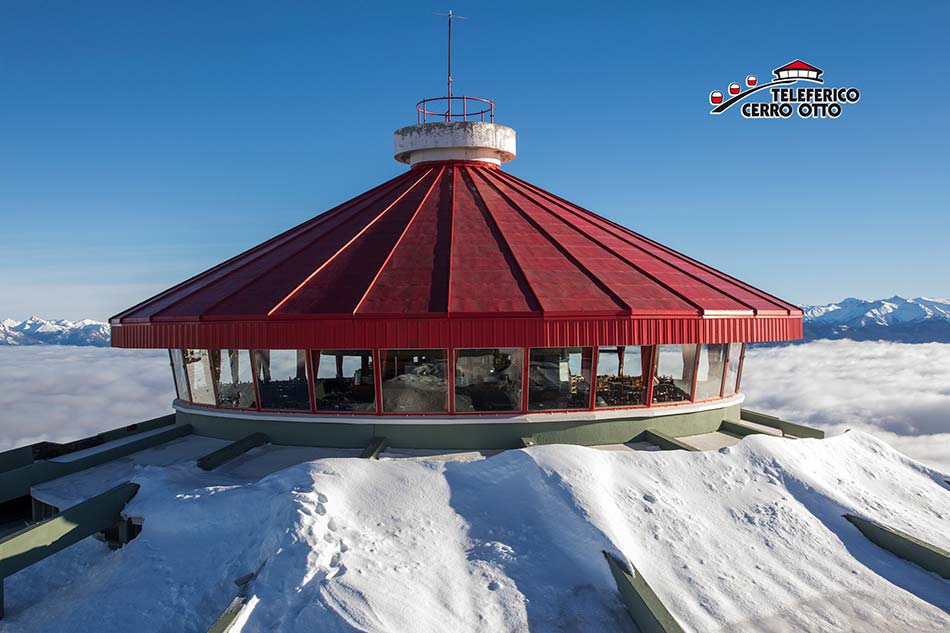












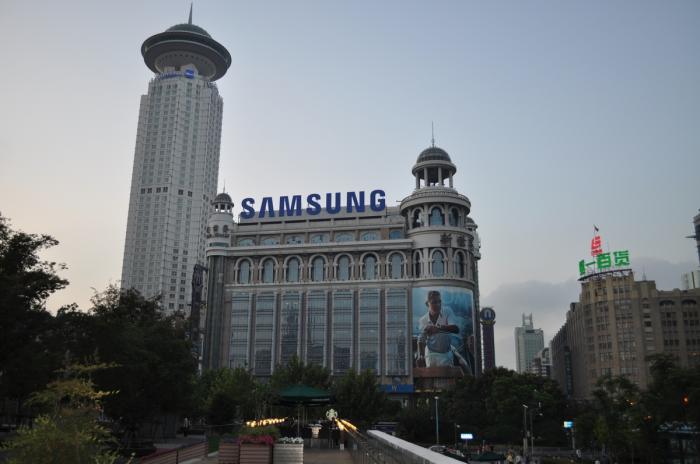
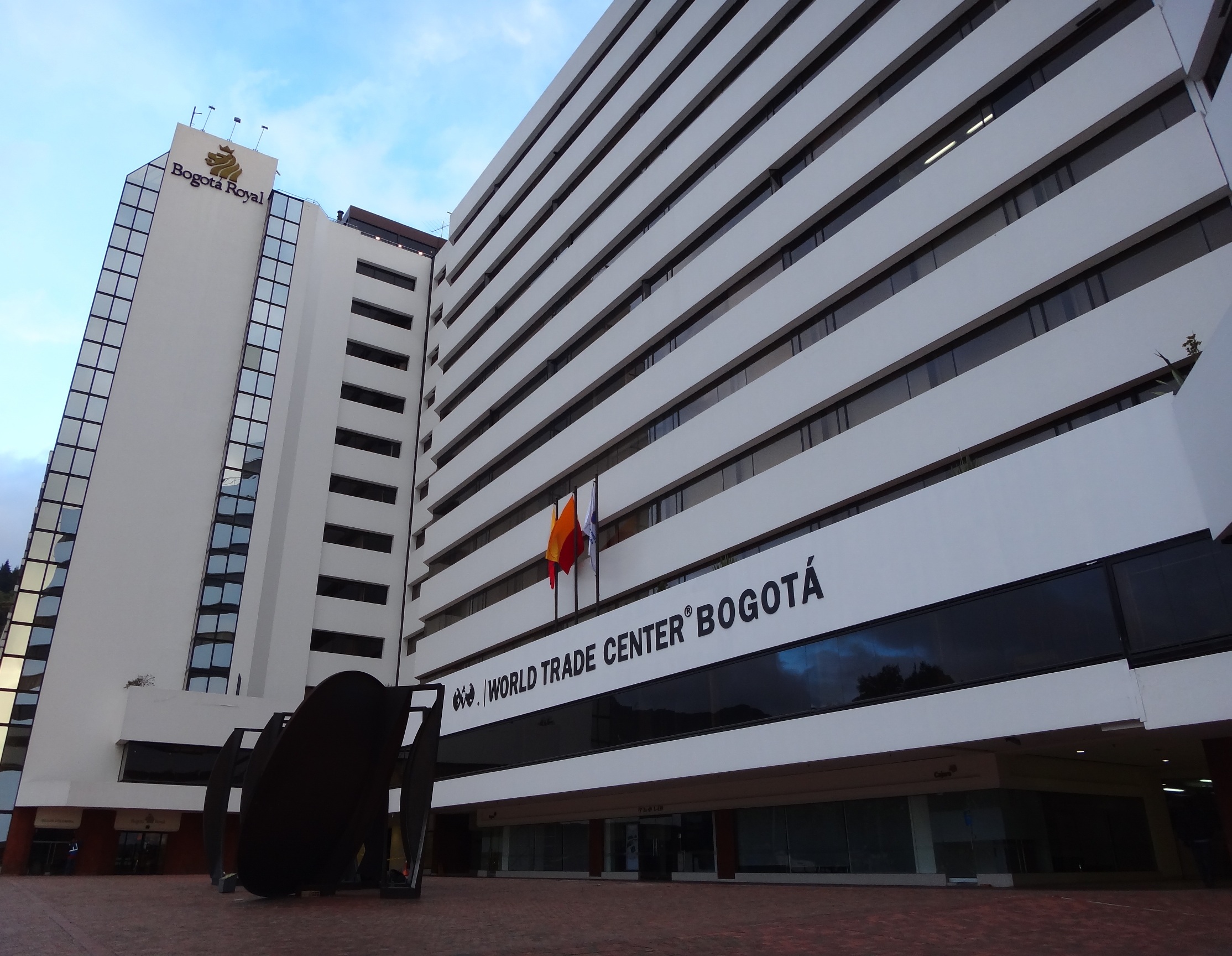
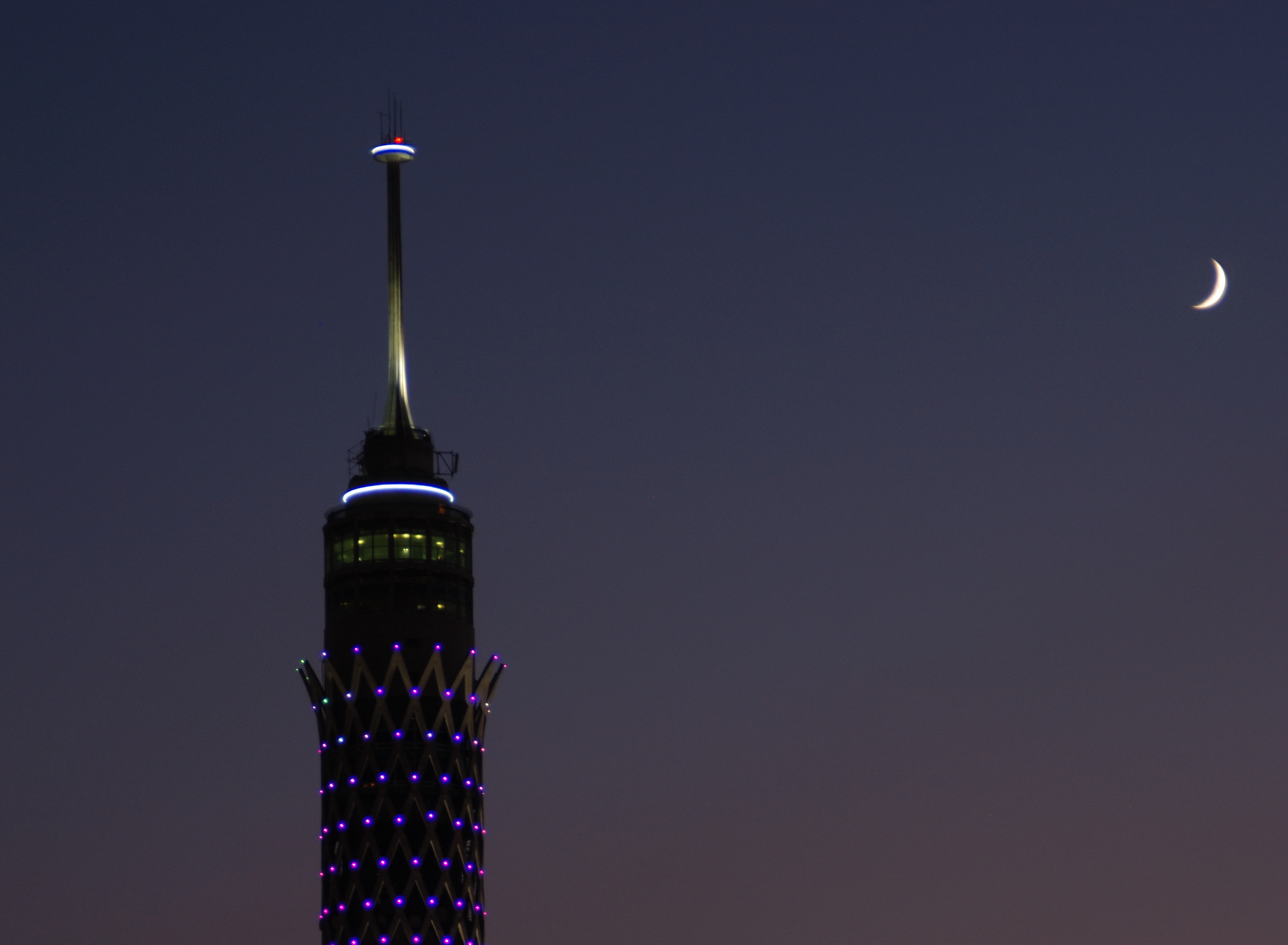














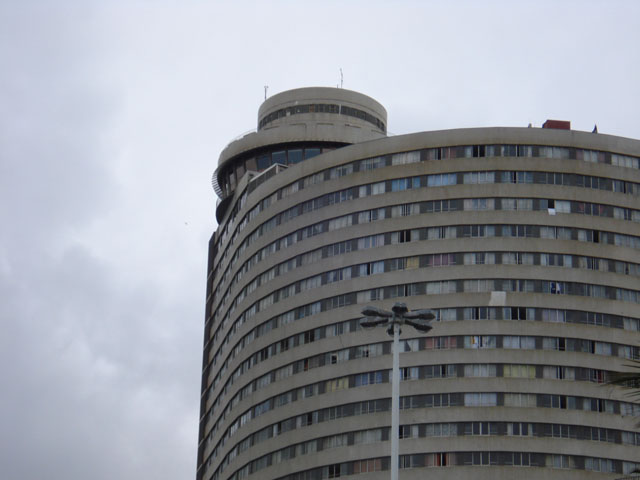















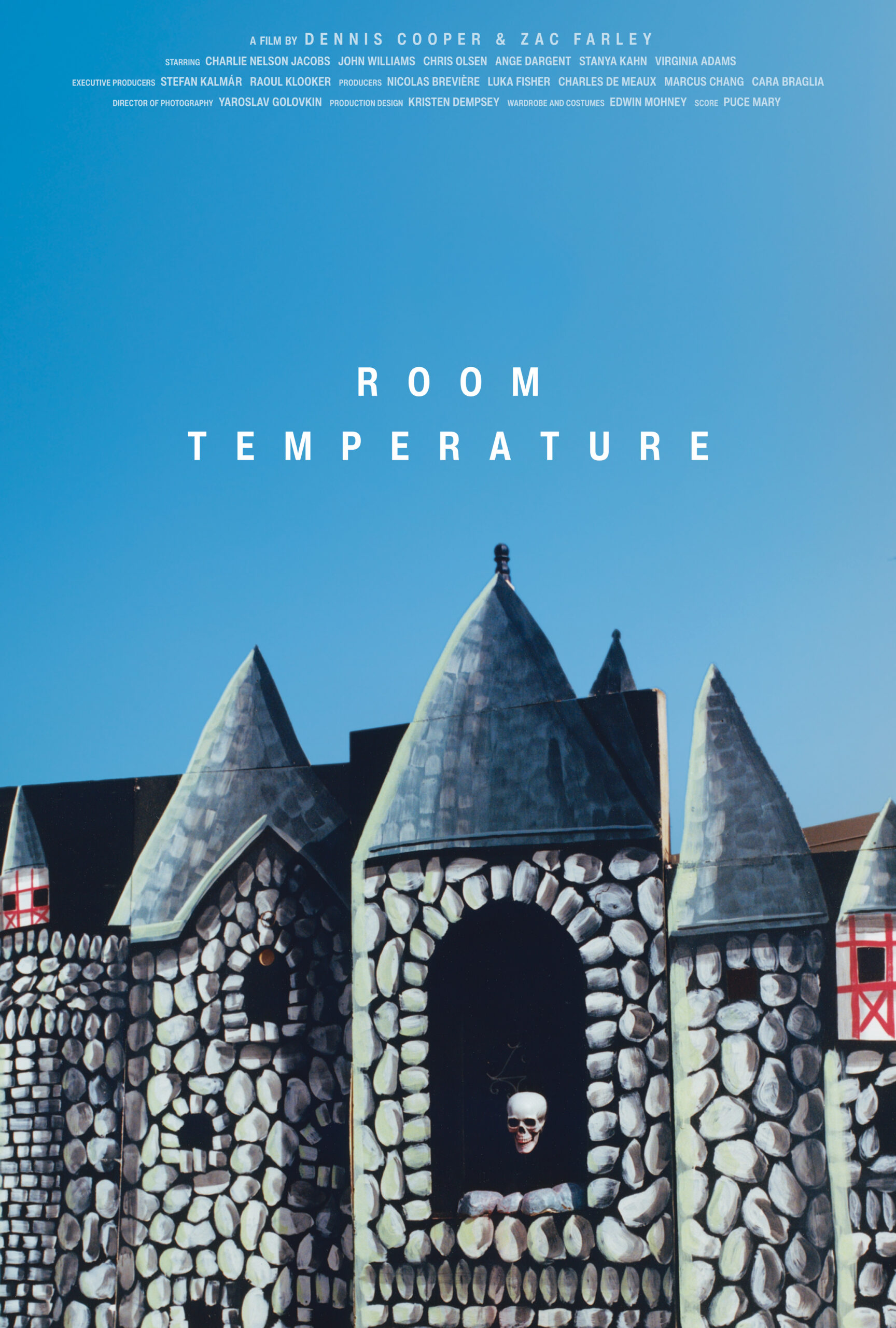



 Now available in North America
Now available in North America 